| Published in Attractions / Places of Interest |
Sanctuary of the Madonna di San Luca, Bologna, Italy
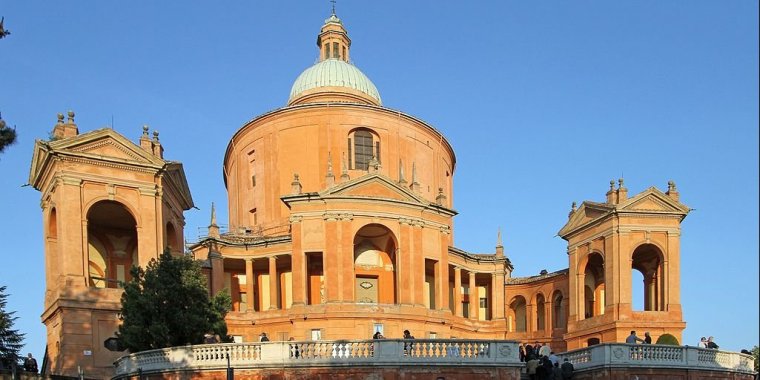
Sanctuary of the Madonna di San Luca, Bologna, Italy. ![]()
The Sanctuary of the Madonna of San Luca (Basilica della Beata Vergine di San Luca) is a basilica church in Bologna, northern Italy, sited atop a forested hill, Colle or Monte della Guardia, some 300 metres above the city plain, just south-west of the historical centre of the city.
While a road now leads up to the sanctuary, it is also possible to reach it along a 3.8 km monumental roofed arcade (Portico di San Luca) consisting of 666 arches, which was built in 1674-1793. It was meant to protect the icon as it was paraded up the hill.
A yearly procession from the Cathedral of San Pietro in the centre of Bologna to the Sanctuary goes along this path. Originally the arches held icons or chapels erected by the patron family.
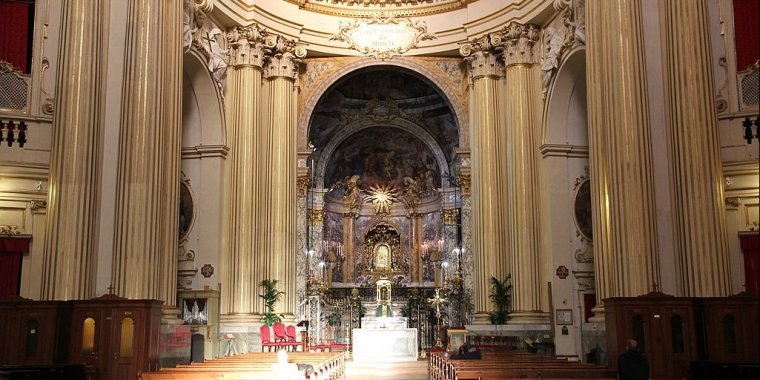
Sanctuary of the Madonna di San Luca - interior. ![]()
A church or chapel existed on the hill for about a thousand years. Tradition hold that in the 12th-century, a pilgrim from the Byzantine empire came to Bologna with an icon of the Virgin from the temple of Saint Sofia in Constantinople.
In 1160, the bishop of Bologna Gerardo Grassi assigned the icon to a small hermitage-chapel atop the hill that was tended by two holy women, Azzolina and Beatrice Guezi. Construction of a church began in 1193. In 1294, some monks of the Dominican order from the monastery of Ronzano came to the site, and the order remained here until the Napoleonic suppression of 1799.
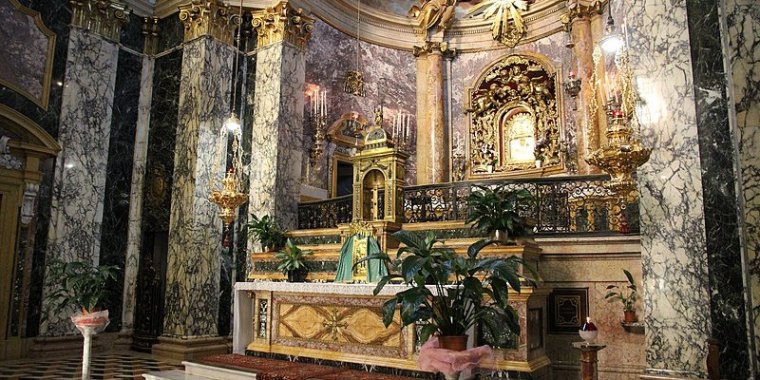
Sanctuary of the Madonna di San Luca - interior. ![]()
The present church was constructed in 1723 using the designs of Carlo Francesco Dotti. The lateral external tribunes were built by Carlo Francesco's son, Giovanni Giacomo, using his father's plans.
The centrally planned sanctuary has painted artworks by Domenico Pestrini, Donato Creti (second chapel on right); Guido Reni (Assumption in the third altar on the right), Giuseppe Maria Mazza in chapel of St. Anthony of Padua, Vittorio Bigari (frescoes) and Guercino (sacristy). Stucco works are by A. Borelli and G. Calegari and statues by Angelo Piò.
Source
• www.wikipedia.org
YOU MAY ALSO LIKE
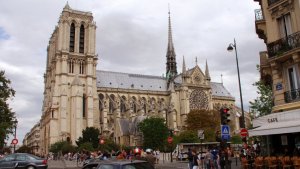
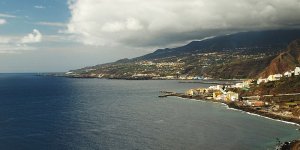

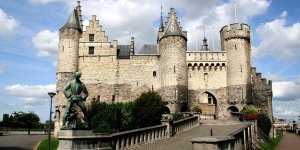
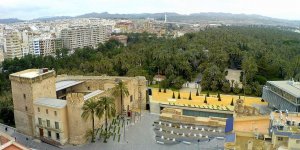

 If you own or manage a travel-related business such as a hotel, a bed-and-breakfast, a restaurant, a pub or a cafeteria, you can create a web page for your business for free on Titi Tudorancea Travel Info. » |